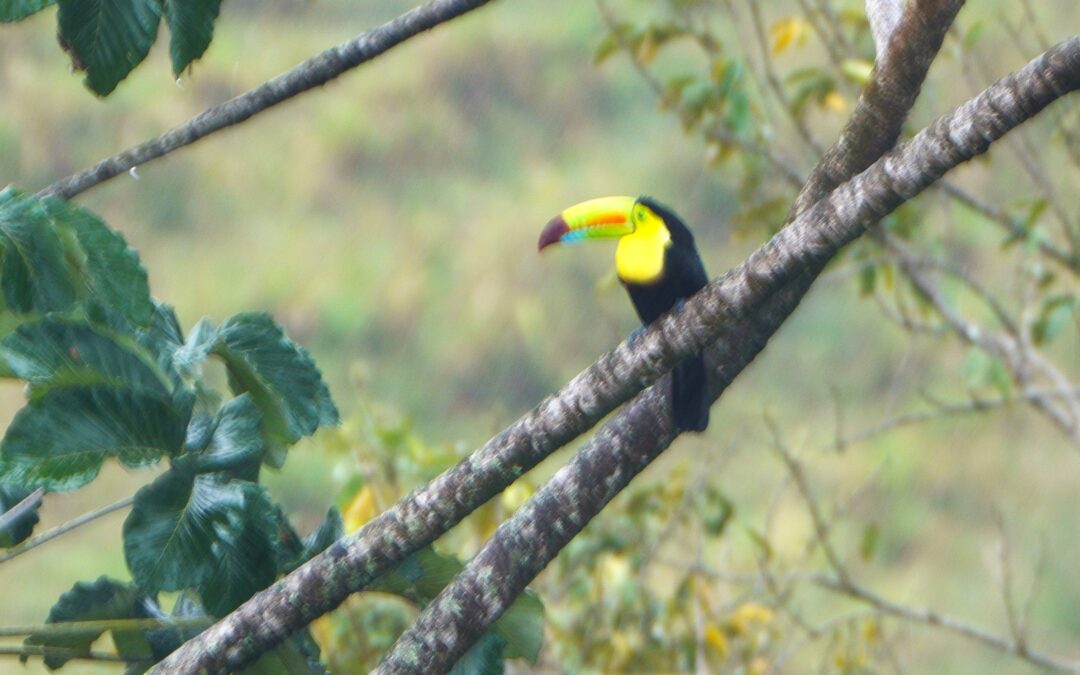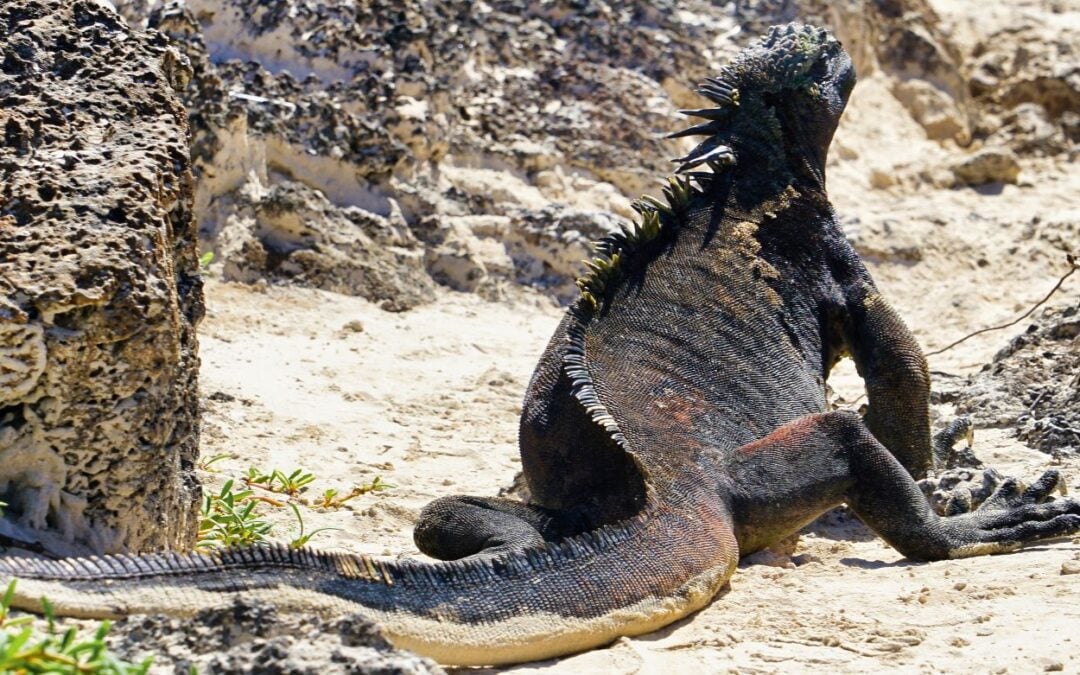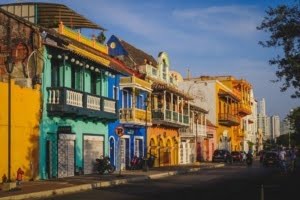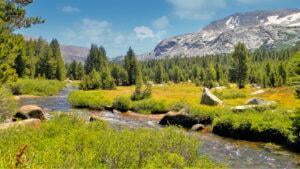Exploring Venezuela
Our Travel GuideThe first time I traveled to Venezuela, I was struck about the beauty of the country and the people. Warm and welcoming, but also experiencing economic hard times. Venezuela is a beautiful country that I traveled throughout. We even visited Isla Margarita, an island off the coast with beautiful ocean views and a friendly atmosphere.
Venezuela (officially the Bolivarian Republic of Venezuela) is a continental landmass and many small islands and islets, is a country on the northern coast of South America with has a territorial extension of 916,445 km. Caracas is the capital District city of Venezuela, is a big urban agglomeration. Venezuela is bordered on the north by Caribbean Sea and the Atlantic Ocean, on the west by Colombia, Brazil on the south with Trinidad and Tobago to the north-east and on the east by Guyana, and curiously with the United States through the Bird Islands (through territorial sea). Is a federal presidential republic consisting of 23 states and federal dependencies to Guayana Esequiba. Venezuela has the world´s largest know oil reserves. Unfortunately, due to many reasons, the economy still suffers with hyperinflation.
Venezuela at a Glance
CURRENCY: The Strong Bolivars is the currency of Venezuela. The currency code for Strong Bolivars is Bsf.
VISA: The Venezuela visitors from most of Europe and Latin America do not need a visa, they can stay for up to 90 days in Venezuela as a tourist with an ordinary passport. US visitors to Venezuela must have a Visa for their particular type of travel.
LANGUAGE: The official language of Bolivarian Republic of Venezuela is Spanish. Also, a small part of the population use of indigenous language.
- Sight Seeing 70%
- Cost 70%
- Ease of Travel 70%
- Activities 80%
Venezuela is a beautiful country with beautiful people. I was struck with the friendliness of the people in the country side and enjoyed the street food. The beaches and islands are magnificent. Though travel has become difficult in the past few years, hopefully Venezuela will roar back to a tourist destination.
Top Experiences in Venezuela
1. La Gran Sabana
La Gran Sabana or in English known as The Great Savanna is a large region in southeastern Venezuela. It is part of the Guianan savanna ecoregion, spreads into the regions of the Guiana Highlands and south-east into Bolívar State, extending further to the borders with Brazil and Guyana. The Gran Sabana is distributed ancient massifs eroded in tabular form, known as tepuis. The Tepui Roraima, Mount Roraima, Blue Mountain or Crystal Mountain are the highest compared with other tepuis, with nearly 2.800 meters above sea level. Is considered by the local indigenous population as a divinity. Other recognized tepuis are in Auyantepui, Chimantá Massif, Kukenan or Matawi-tepui and other tepuis. This tepuis have more than 10 of the highest waterfalls in the world with its 629 meters of free fall.
2. Los Roques Archipelago
Los Roques Archipielago is a federal dependency of Venezuela that is administered directly by officials appointed by the federal government of the Republic. Consisting of approximately 350 islands, cays, and islets in a total area of 40.61 square kilometers. The major islands of Los Roques Archipelago have an atoll structure, with two external barriers formed by coral communities, and an inner lagoon Sandy shallows. The Archipielago is sparsely populated, having about 1.500 permanent inhabitants, however it receives approximately 70.000 visitors a year, the major of the visitor for one day who come from Caracas and the mainland. Its growth is limited because of restrictions involving the declaration as a national park in the 1970s. Most of the population is of Margariteño origin who came to the Archipielago mainly to engage in fishing. El Gran Roque is the only populated island. It has an airport suitable for small aircraft, Los Roques Airport, controlled from the Maiqueitía. Here, in El Gran Roque, go to the port and travel to the keys is small boats called “peñeros”.
3. Warairarepano National Park
El Ávila National Park, is located along the central stretch of the Cordillera de la Costa, it covers the mountainous regions between the Caribbean Sean and the valleys of Caracas, Guarenas, Guatire and Barlovento. . The area´s highest elevation is Pico Naiguatá, at 2.765 meters above sea level. El Ávila is known to be the lungs of the city, since it serves many functions for the population of Caracas, the most basic of these being navigation. This National Park has a high diversity of fauna and flora, more than 100 butterfly species, 120 mammal species, 20 amphibians species, 30 reptiles and more than 450 bird species. The park has approximately 16 km wide, it contains 81.800 hectares. The temperatures vary widely on El Ávila, with an average temperature of 26°C in the lower sections of Caracas valley and 10°C on Naiguatá peak, where the lowest temperature ever recorded was 2°C.
4. Mukumbari cable car system
The Mukumbari cable car system is situated in Mérida city with at an altitude of 1.577 meters. It is the highest and second longest cable car in the world for just 500 meters, the first is ubicated in Suecia. Mérida Cable car is a journey of 12.5 kilometers, reaching a height of 4.765 meters, making it an engineering marvel that is one of a kind and has over 40 years of history. The whole system was opened to the public in 1960. Each section on the route has two lanes, in each lane there is a cable car that has a capacity to transport 36 passengers and move at a velocity of 5 meters per seconds or 18 km/h. There are two different engines: the first in the La Montaña station that serves to the section between that station and the La Aguada station. The other one is located in the Loma Redonda station and serves the rest of the section.
5. Médanos de Coro National Park
Created in 1974, is located in the state of Falcón, near the city of Coro on the road that leads to Paraguaná. The Médanos Park protects part of the Paraguana xeric scrub ecoregion. Covers 91 km2 of desert and coastal habitat, including salt marshes. It’s made up of three zones: an alluvial plain, formed by the delta of the Mitare River and some smaller streams; an Aeolian plain, composed of 3 types of dunes, and a littoral plain with a belt of mangrove swamps. Rainfall is rare. Flora consists of little more than those shrubs. The park is an important Bird Area with some 21 species. Also, the park is home mainly to lizards, rabbits, anteaters and foxes. Visitors can wander amongst the dunes by camel.
6. La Tortuga Island
Means “The turtle” island, is an uninhabited island of Venezuela and has an area of 156 km2. The island was visited by Amerindians from the coast of present-day Venezuela to exploit its natural resources including salt, fish and turtles, well before Spanish colonization of the New World. It is not known by which European explorer the island was first seen and named, yet the name derives from the large numbers of marine turtles that come to lay eggs on its long Sandy beaches every year. La Tortuga island was seasonally visited by the Dutch who came there to exploit the salt evaporation ponds on the east of the island between 1624 and 1638. They constructed a fort on the island to guard their salt Works and repel the Spanish who were eager to keep the Dutch off the island. Today it is great to visit for a day trip.
7. National Pantheon of Venezuela
The National Pantheon of Venezuela is a final resting place for national heroes of Venezuela. The Pantheon was created in the 1870s on the site of the ruined Santísima Trinidad church from 1474 on the northerm edge of the old town of Caracas, Venezuela. The entire central nave is dedicated to Simón Bolívar, with the attar´s place taken by hero´s bronze sarcophagus, while lesser luminaries are relegated to the aisles. The pantheon´s vault is covered with 1930s paintings depicting scenes from Bolívar´s life, and the huge Cristal chandelier glittering overhead was installed in 1883 on the centennial of his birth. The Pantheon was reopened in 2013 after a 3 year long process of expansion and restoration.
There are many places to see and visit on a trip to Venezuela. Whether it is a vibrant city life, a fun beach life, or quiet island life you seek, Venezuela has them all. This places mentioned above are some of the most popular tourist spots. So, if you thinking plan a trip to South America you can’t miss the opportunity to know Venezuela with all of its beauty.
Venezuela
Our Travel Blog

Exploring the Rich Culture and Natural Beauty of Costa Rica: 5 Intriguing Facts
Costa Rica, a land of captivating beauty and vibrant culture, offers a plethora of intriguing facts to discover. From its lush rainforests teeming with exotic wildlife to its warm and welcoming locals, this Central American gem never fails to amaze. Prepare to be enchanted by its stunning biodiversity, awe-inspiring volcanoes, and delicious traditional cuisine.

Unveiling the Mysteries of the Galapagos: A Must-Visit Destination
“Unveiling the Mysteries of the Galapagos” takes you on an unforgettable journey to one of the world’s most unique ecosystems. Discover the islands’ diverse wildlife, volcanic landscapes, and rich history. This must-visit destination offers an unparalleled adventure for nature lovers and explorers alike. Dive into the Galapagos, where every day is a new discovery.

The Human Connection: Why We Should Care About People We Meet on Our Travels
“The Human Connection” explores the profound impact of human interactions during travels. It emphasizes the importance of embracing local cultures, understanding diverse perspectives, and forming meaningful connections. This post encourages readers to see beyond tourist spots and delve deeper into the heart of the places they visit, through the people they meet.




0 Comments